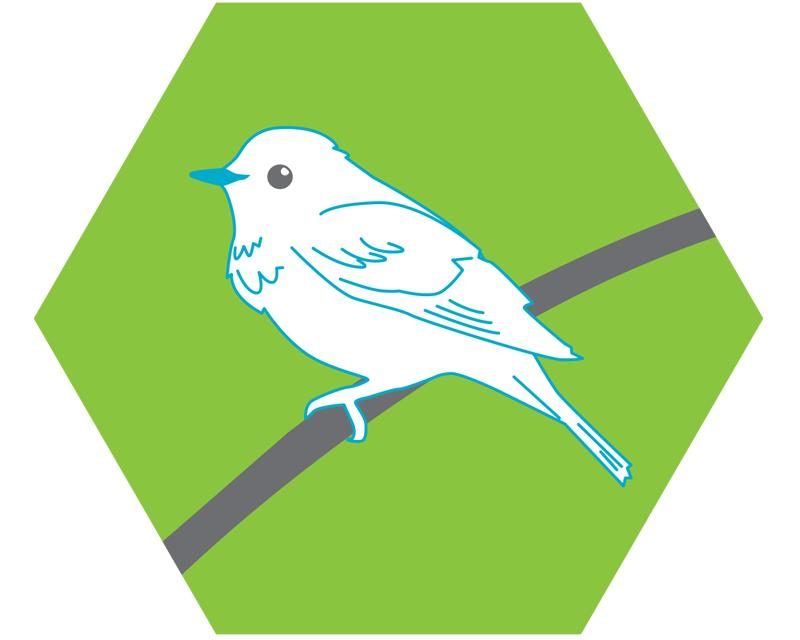“Since Covid began, I’ve seen much more interest in birdwatching here,” says Julie Berger, ornithologist with the city’s Natural Area Preservation unit. “People began walking more. With more time at home, they began feeding and watching birds in their yards. More people are paying more attention to nature.”
In March, newbie birders were sharing alarmed reports about baby great horned owls jumping out of their nests at Island Park. “They’re practicing–and they’re not always successful,” Berger explains patiently. “Our naturalists pick them up and return them to their nest. One naturalist is actually keeping a fledgling owl safe until it’s mature enough to fly away.”
There will be more excitement this month, as migratory birds pass through on their way to their northern breeding grounds. Mid-month, the growing flock of local birders will be out to count them for the annual North American Breeding Birds Survey (see Events, April 15).
Berger, who also heads the local Audubon society, reports that some longtime local favorites–chickadees, robins, and cardinals among them–are shifting their ranges due to climate change: “Large populations are moving north, and we’ll see them less and less,” Berger says. “Chickadees are very adaptable, but titmice and nuthatches are really vulnerable.”
Bald eagles, once on the endangered list, now nest along the Huron River. The population of sandhill cranes–‘almost wiped out in the early twentieth century–“is growing–though very, very slowly,” Berger says. And for the first time last year, ospreys nested locally, on the cellphone tower near Skyline High. Birders hope to see the pair return this year.


